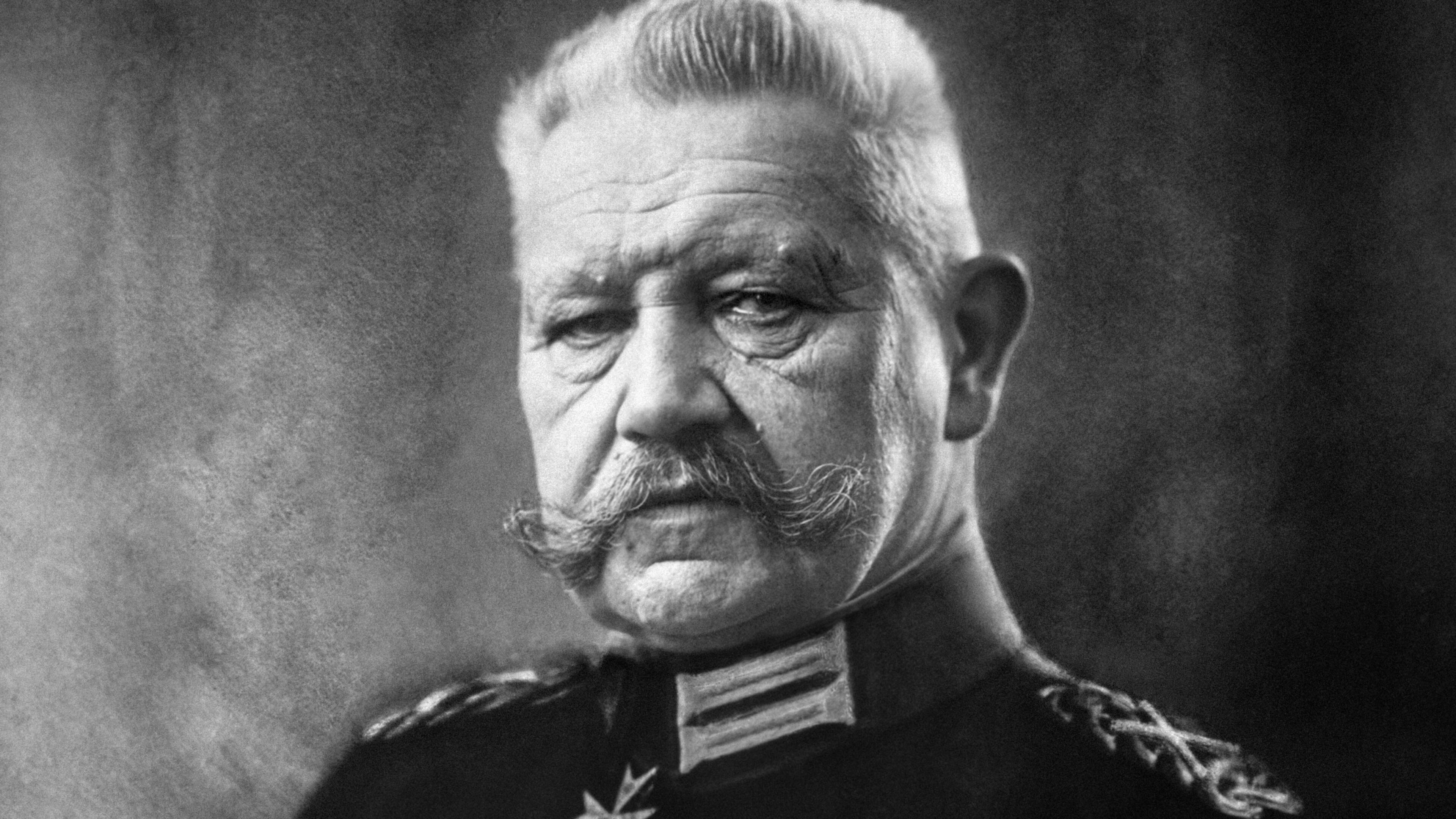Being a successful commander led him to the presidency of the German state: Who is Paul Von Hindenburg?
His successes in a short time made Hindenburg one of the German national heroes.

German commander and head of state. He participated in the Franco-Russian wars, and since 1903 he was the corps commander. Hindenburg retired in 1911, arguing that war was a remote possibility. However, three years later, when the First World War broke out, he was drafted into the army and appointed to the Command of the Eighth Army in East Prussia. Hindenburg was determining the tactics to be applied in the war with his chief of staff, Erich Ludendorff. These two, who did not think only of the military situation, were also trying to find a solution to the dark days waiting for the German nation. Although Ludendorff acted on his own at times, the main responsibility was on Hindenburg.
Paul Ludwig Hans Anton von Beneckendorff und von Hindenburg (2 October 1847 – 2 August 1934) was a German field marshal and statesman who led the Imperial German Army during World War I. He later became President of Germany from 1925 until his death. During his presidency, he played a key role in the Nazi seizure of power in January 1933 when, under pressure from his advisers, he appointed Adolf Hitler as Chancellor of Germany.
The Hindenburg stopped two Russian armies from entering East Prussia in August 1914. Despite having only one army, he destroyed the entire two-army Russian force at the Battle of Tannenberg. With his intelligence before the war, Hindenburg determined that the two Russian commanders did not like each other at all. He attacked someone first. The other Russian commander did not come to help. Then he destroyed the second army. His successes in a short time made Hindenburg one of the German national heroes. Hindenburg, who was appointed to the command of all German armies in the east after a while, defeated the Russians for the second time with the Battle of Measurian Lakes in February 1915.
Chief of Staff Erich Von Falkenhayn helped improve the situation by supporting him as he began a decisive victory in the West. Hindenburg succeeded Falkenhayn as Chief of Staff in 1916, when the situation on the French, Romanian, and Italian fronts was very bad. In 1917, he formed a commando army and ordered it to withdraw from the Verdum Line, which had become almost impossible to defend, to the Hindenburg Line.
After the armistice signed in 1918, in which Germany accepted the defeat, he retired for the second time. Hindenburg, who was elected President in 1925, followed a path based on dictatorship during his administration. He achieved his goal by appointing Adolf Hitler as prime minister in 1933. Hindenburg died in Germany in 1934 at the age of 87.
